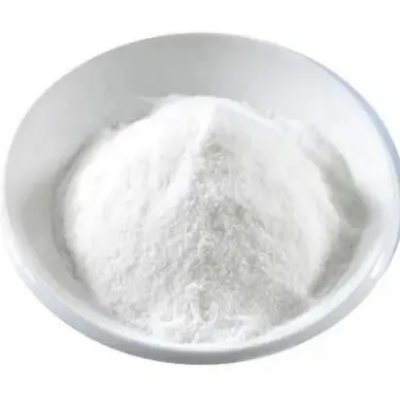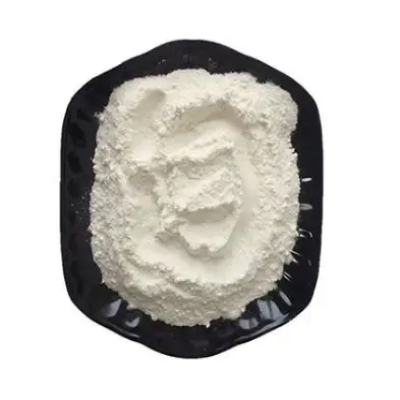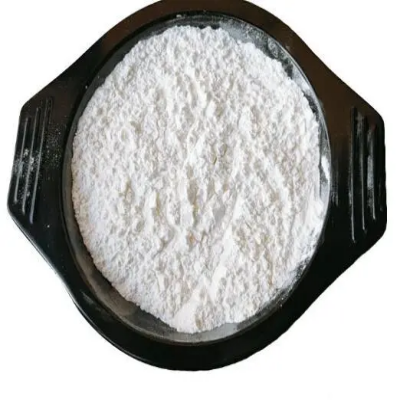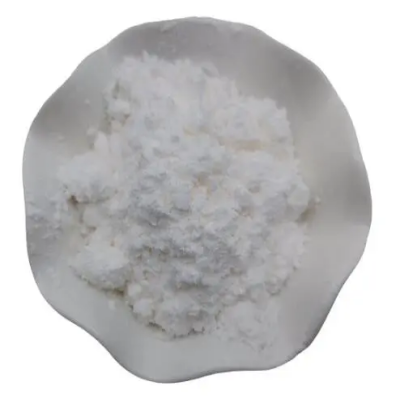Tetraphenylphosphonium bromide CAS:2751-90-8
Tetraphenylphosphonium bromide has a wide array of applications in organic chemistry and related fields, leveraging its unique properties as a quaternary phosphonium salt. The primary uses include: Phase Transfer Catalyst: One of the most notable applications of tetraphenylphosphonium bromide is its role as a phase transfer catalyst in organic reactions. It enhances the efficiency of reactions involving reactants in different phases—such as organic and aqueous layers—by transporting anions or nucleophiles across these boundaries. This capability is particularly useful in nucleophilic substitution reactions, where it facilitates the coupling of nucleophiles with electrophiles, significantly improving yields and reaction times. Organic Synthesis: In laboratories and industrial settings, this compound is widely used in various organic synthesis processes. It aids in reactions that involve alkylation, acylation, and other transformations requiring efficient mixing of immiscible solvents. By activating nucleophiles and ensuring optimal interaction with electrophiles, tetraphenylphosphonium bromide contributes to the formation of complex molecules, including pharmaceuticals and fine chemicals. Wittig Reaction: Tetraphenylphosphonium bromide can be converted into phosphonium ylides through deprotonation, serving as a precursor for the Wittig reaction. This reaction is crucial for synthesizing alkenes from carbonyl compounds, allowing for the construction of valuable structures in organic chemistry. Biological Applications: Research has explored the potential biological roles of tetraphenylphosphonium bromide, particularly regarding its interactions with cellular components. Its cationic nature may facilitate cellular uptake, enabling applications in drug delivery systems and targeting specific cellular environments. Material Science: In material science, tetraphenylphosphonium bromide is being investigated for its potential use as an additive in polymers. Its unique structure may enhance the properties of polymeric materials, such as conductivity and mechanical strength, making it beneficial in developing advanced materials for electronics and other applications. Environmental Chemistry: The compound's catalytic properties also extend to environmental chemistry, where it can catalyze reactions leading to the degradation of pollutants or transformation of hazardous substances into less harmful forms. This application contributes to efforts in pollution control and environmental remediation. In summary, tetraphenylphosphonium bromide is a versatile compound with essential applications in organic synthesis, catalysis, biological research, material science, and environmental chemistry, highlighting its importance in both academic and industrial contexts.



| Composition | Ph4P+Br− |
| Assay | 99% |
| Appearance | white powder |
| CAS No. | 2751-90-8 |
| Packing | Small and bulk |
| Shelf Life | 2 years |
| Storage | Store in cool and dry area |
| Certification | ISO. |









